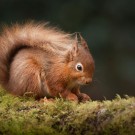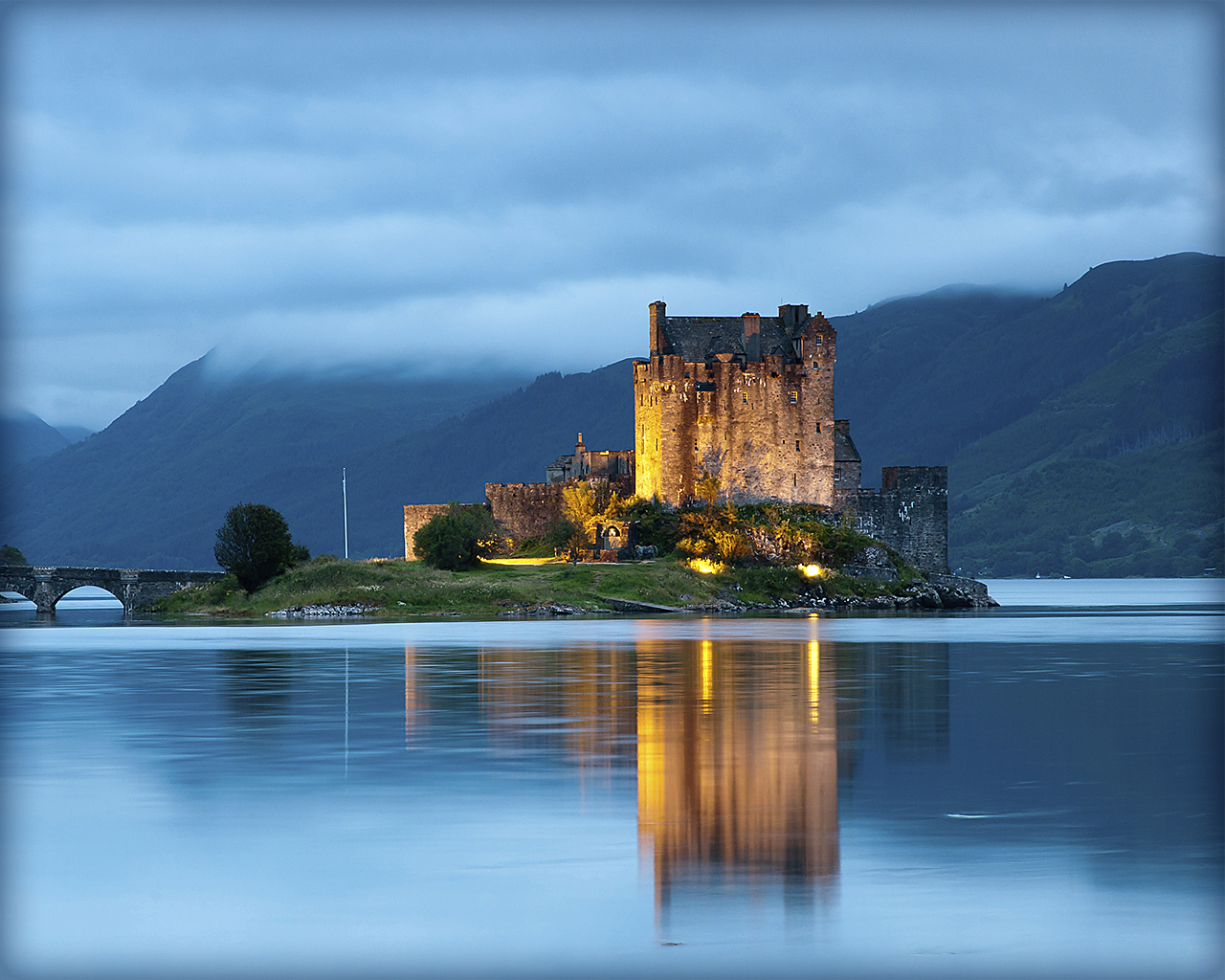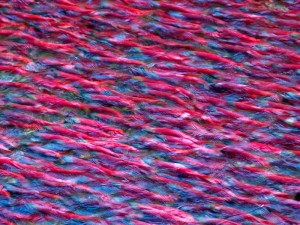Alaskan Winters

If there is anywhere in Alaska with a moderate winter climate, it is on the Alaska Peninsula with salt water on both sides. But never think winters are easy or short.
Snow, ice and bone deep cold can start in September and end in June. The sea-ice pack that is pushed by tides up narrow Bristol Bay can reach over forty feet above the waterline. We spent eight years there in the town of King Salmon on the edge of the Katmai National Park & Preserve.
The animals of the region have long since adapted to the sever winters; bears gorge then hibernate, caribou turn to lichen as a food source, squirrels rely on heaps of white spruce cones. A heap might cover an area of four to five feet across and the same in height. There is a community of red squirrels along the trail to Brooks Falls in the park. All summer and into fall the industrious creatures work feverishly gathering enough to carry them to next May or June. It was an impressive project to witness. Unlike other squirrels that hide their stockpile, Katmai’s red squirrels pile them in heaps above ground, the freeze too solid to bury winter’s store.
When May and June do roll round, the weather is more amiable if one ignores the morning fog and the sudden resurgence of clouds of insects. But the fishing is great. Summer, such as it is, is when the salmon make their yearly migration up the rivers. Alaska watches over the runs like a first time mother, making sure a portion of each school enters the rivers. If the state didn’t keep an eye on the numbers reaching spanning grounds, the fishing fleet could wipeout the species in just a few seasons. The catch is typically a 100% of each run.
The town of Naknek down the road from King Salmon becomes a hub for salmon canning and shipping. Its population jumps more than tenfold. The canneries open and slimers, mostly young college kids, frantically fillet and pack the tons of fish the boats deliver to their docks. Set-netters drag onto the beaches loaded nets, picking the fish from the webbing and delivering their catch to the canneries’ back doors. This goes on day and night from late June into the first weeks of August, six weeks—six short weeks to make a living.
And you thought Alaska romantic.


